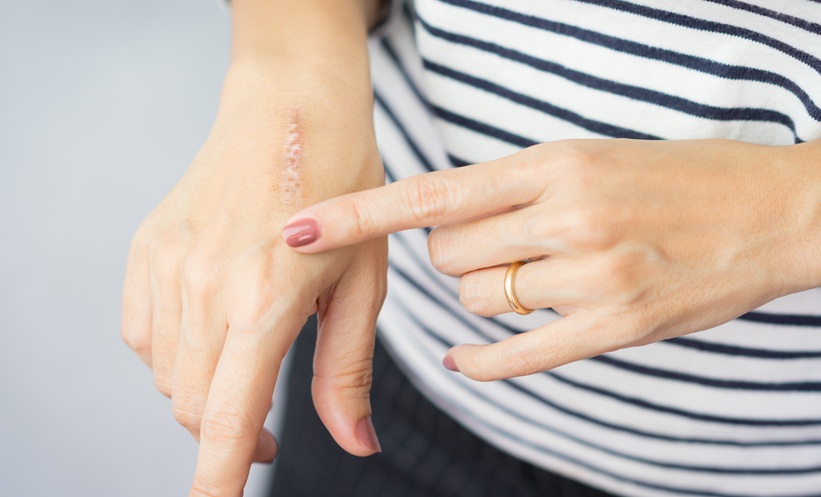BACKGROUND AND AIMS
Patients with prurigo nodularis (PN) have intensely itchy nodular skin lesions resulting in a markedly impaired quality of life and frequent sleep deprivation. Nemolizumab is an IL-31A–receptor inhibitor that modulates the neuroimmune response to IL-31. Phase II trial data showed that nemolizumab significantly improves PN skin lesions and reduces itch compared to placebo with a favorable safety profile. A secondary analysis was conducted to determine the onset of significant reductions in pruritus and sleep disturbance.
MATERIALS AND Methods
Nemolizumab was studied in a 12-week Phase II randomised, double-blind, placebo-controlled trial of PN. Patients had moderate-to-severe PN with lesions on upper limbs and ≥20 nodules on the body and severe pruritus (peak pruritus numerical rating scale [PP-NRS] ≥7 over the previous week, scale 0–10). Nemolizumab 0.5mg/kg was administered subcutaneously at baseline, Week 4, and Week 8, and safety assessments were performed through to Week 18. In this secondary analysis, time to onset of significant reduction was assessed for pruritus and sleep disturbance (NRS). Changes in scratching time during sleep (ratio of scratch duration versus sleep duration in minutes per hour) as captured by actigraphy data were also assessed.
RESULTS
A total of 70 patients were randomised (nemolizumab n=34; placebo n=36) with a baseline PP-NRS of 8.4 in both groups. The groups were comparable in baseline itch, but there were more patients with severe disease (IGA 4) in the nemolizumab group (n=18 [53%] versus n=14 [39%] in placebo group). Baseline sleep disturbance NRS (SD-NRS) was 7.4 and 6.8 in the nemolizumab and placebo group, respectively.
By Day 2, reduction of itch in patients treated with nemolizumab was significantly greater than in patients receiving placebo (PP-NRS -19.5% versus -5.8%, respectively; p=0.014). A significant difference between nemolizumab and placebo in the response criteria for itch (PP-NRS ≥4) was achieved at Day 3 (23.5% versus 0.0%; p<0.001). A significant difference in SD-NRS was reported by Day 4 (-19.8% versus -4.3% with placebo; p=0.012).
Sleep continued improving through Week 4 (last data capture), when there was a 56.0% reduction in sleep disturbance NRS compared with -22.9% in the placebo group (Δ33.1; p<0.001).
Actigraphy data showed significant differences in scratch/sleep duration for nemolizumab versus placebo, respectively, at Week 1 (-32.15 versus +28.15 min/hour; Δ-60.3; p=0.001), Week 2 (-41.23 versus +35.92 min/hour; Δ-77.2; p<0.001), and Week 4 (-42.32 versus +0.68 min/hour; Δ-43.0; p=0.049).
CONCLUSION
Nemolizumab has a very rapid onset of action in patients with moderate-to-severe PN demonstrating a significant itch reduction as early as Day 2 and a significant improvement in sleep as early as Day 4.








